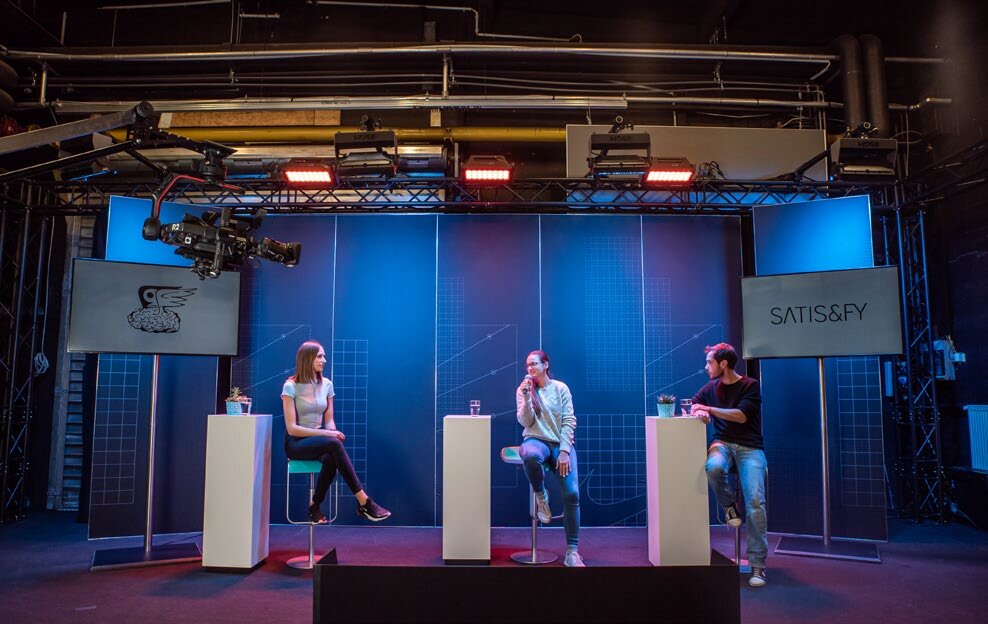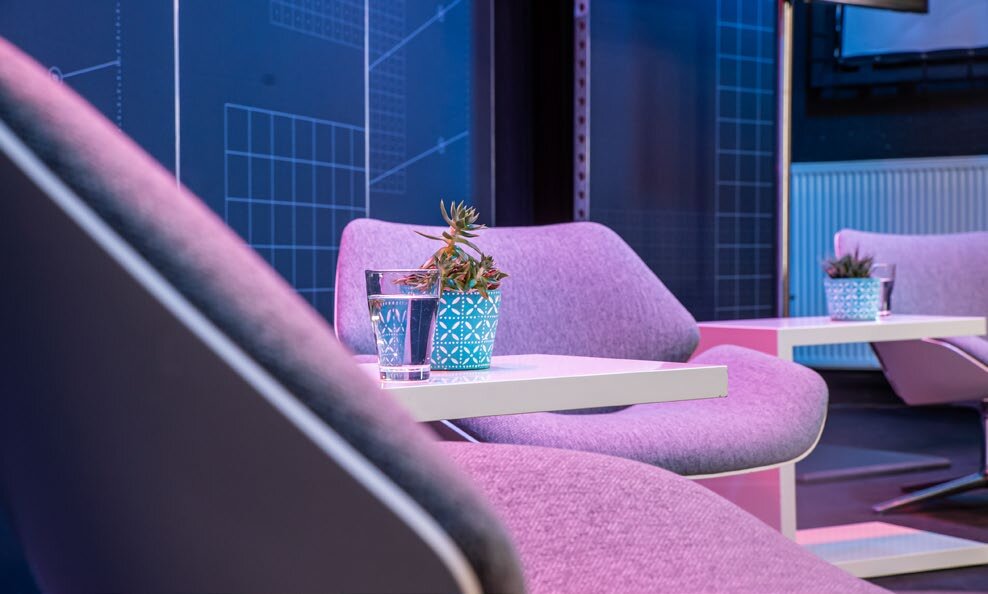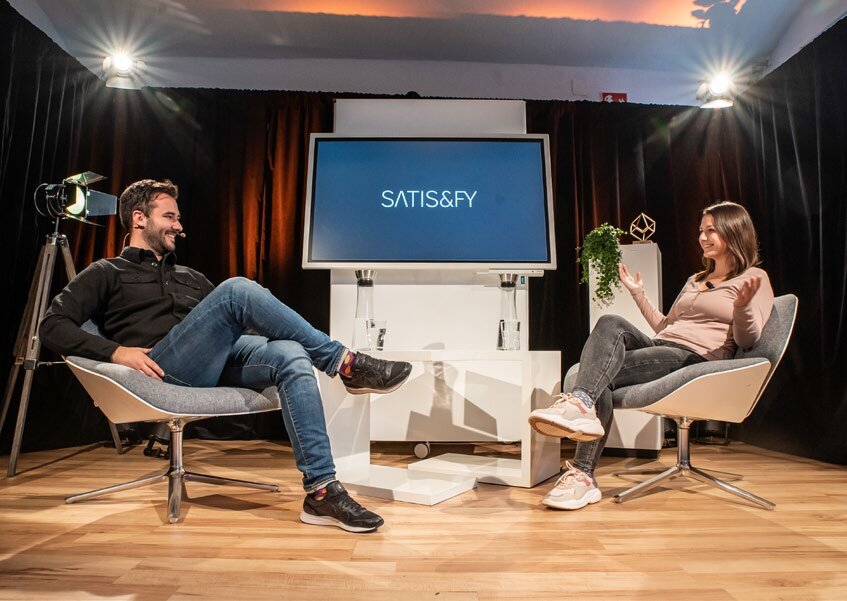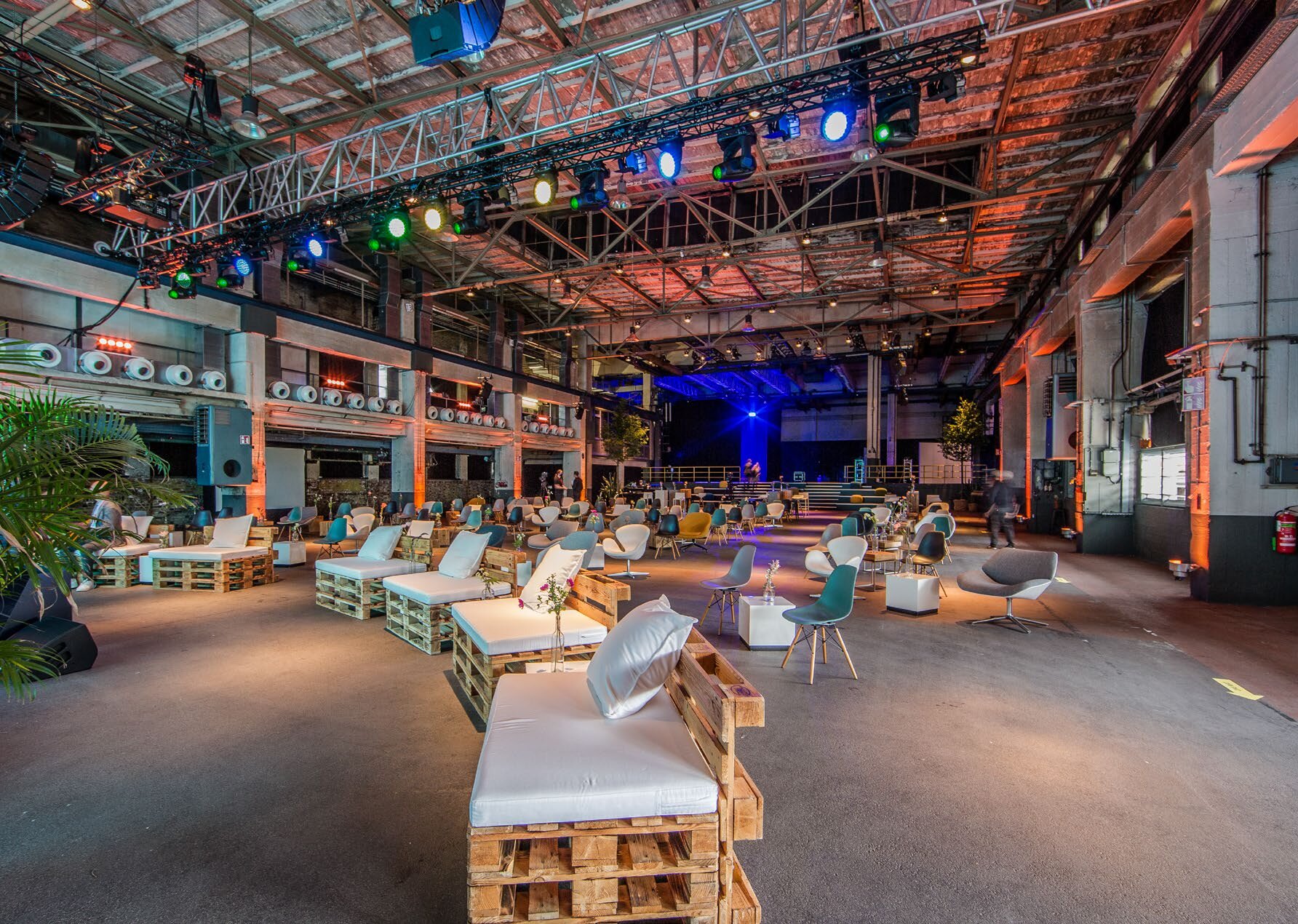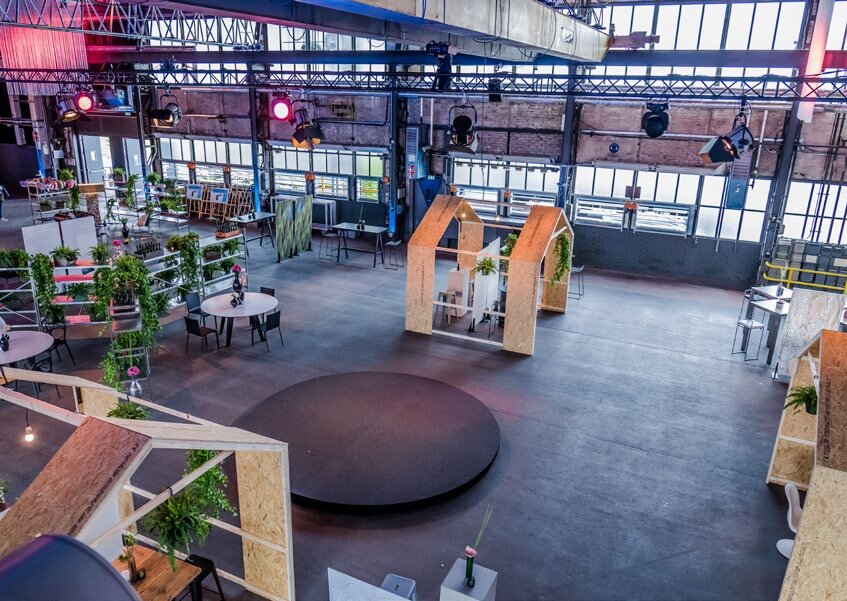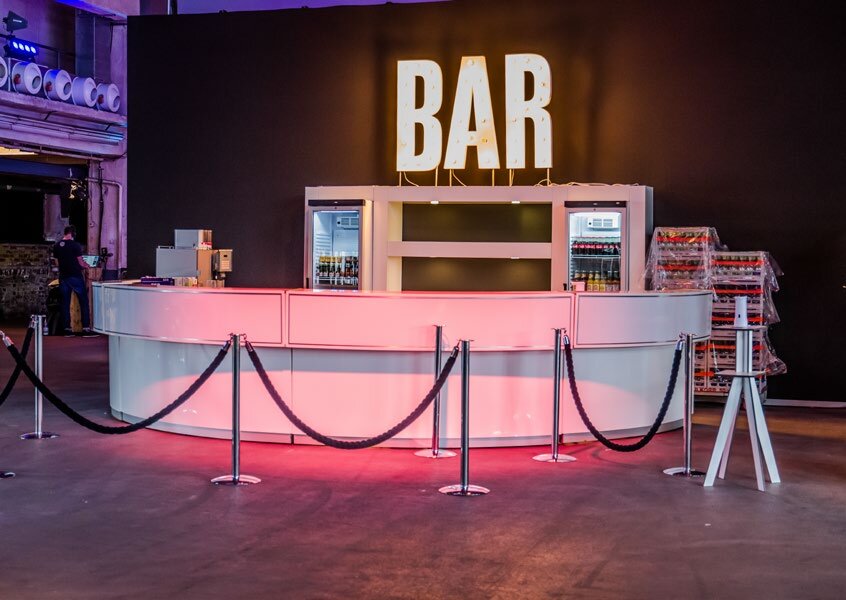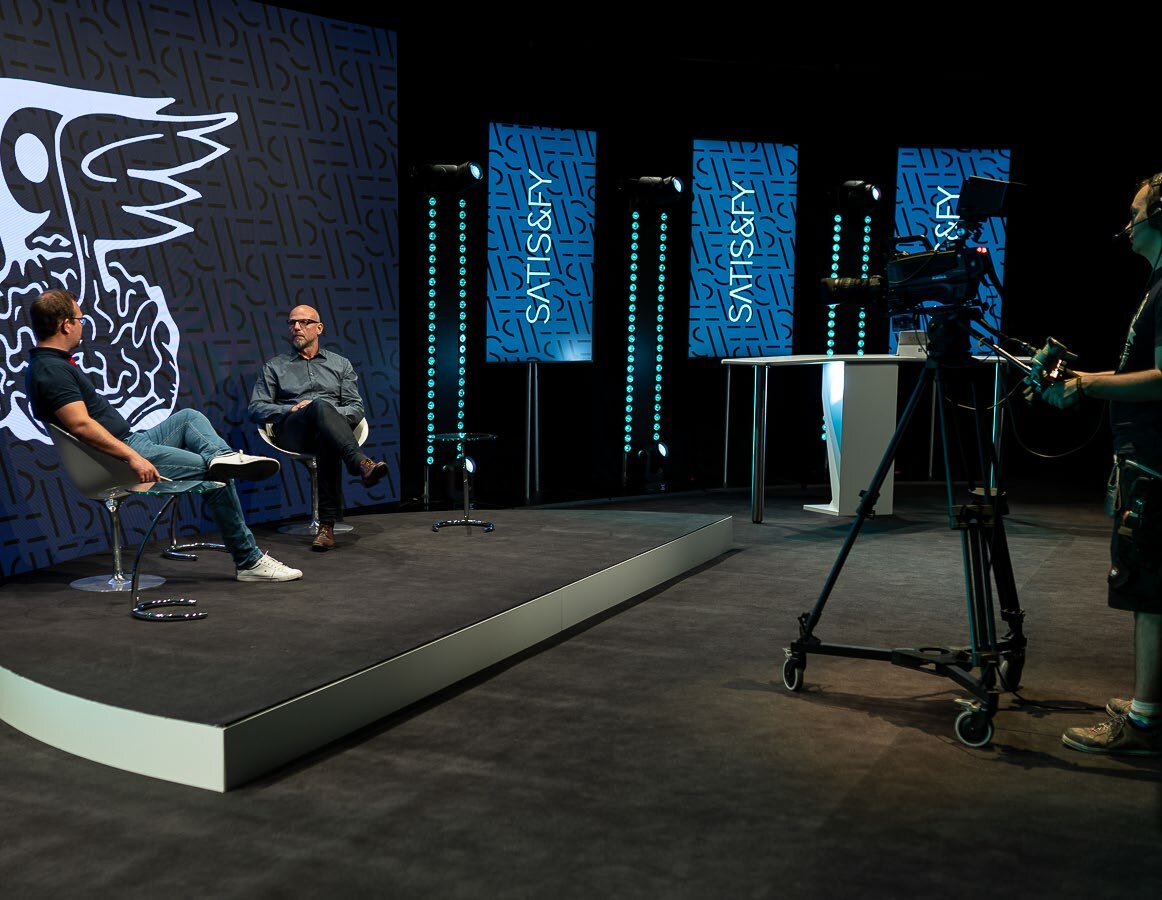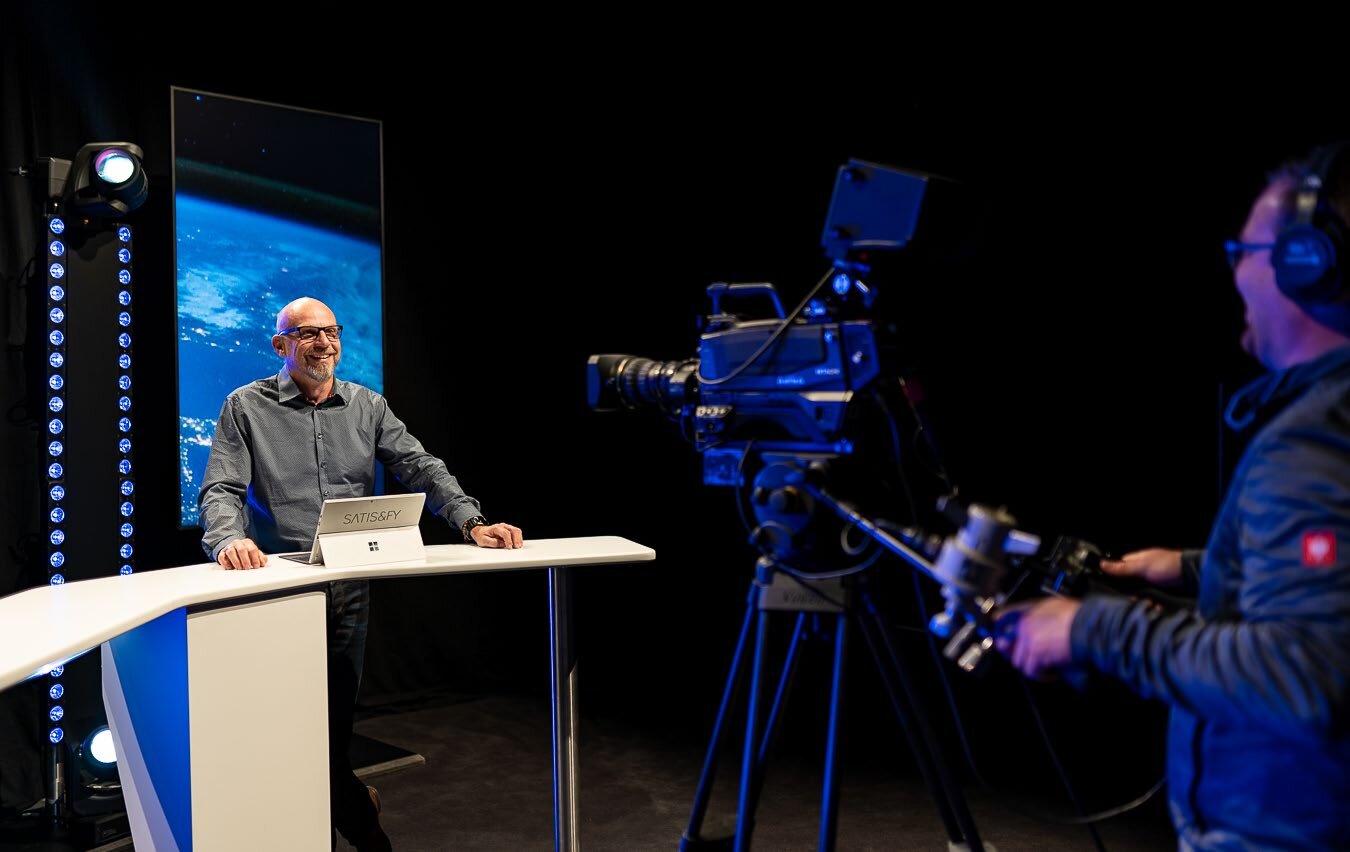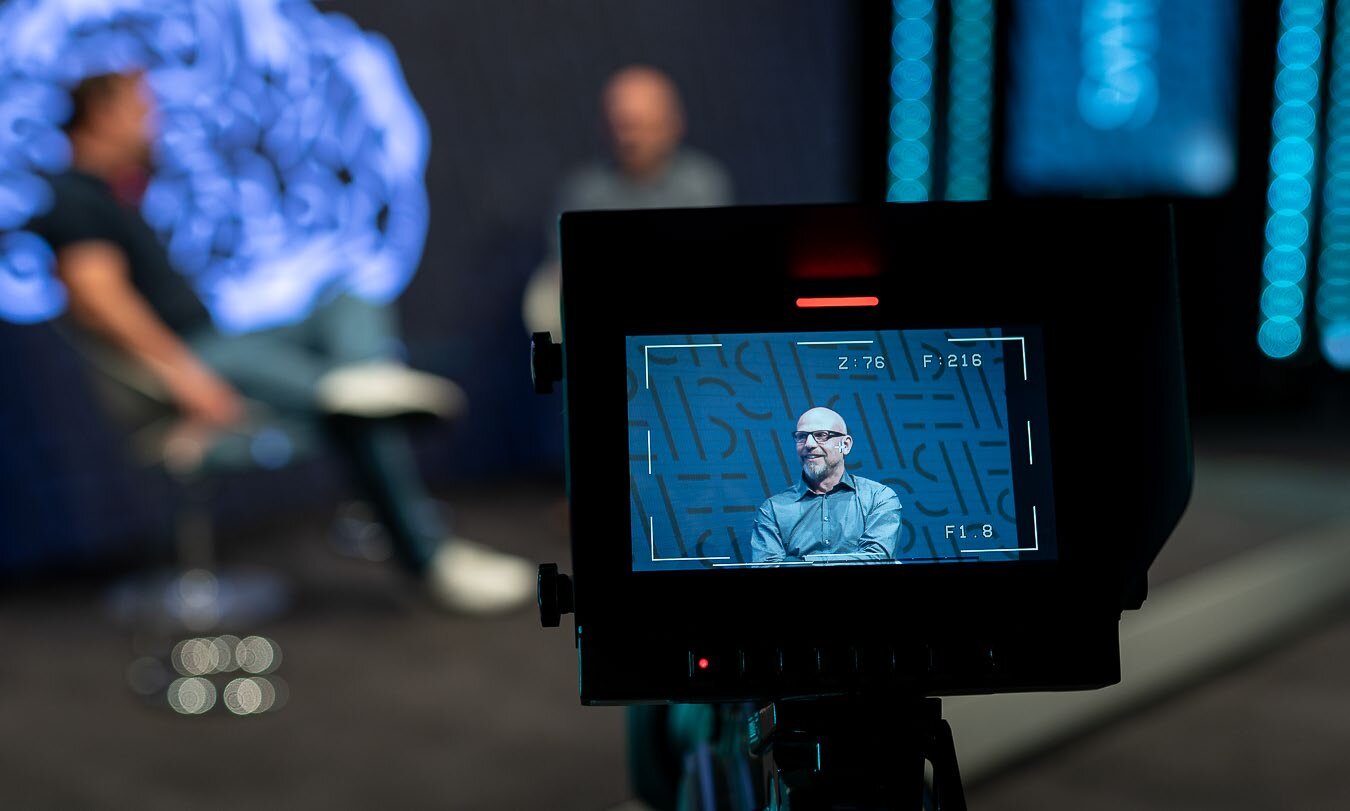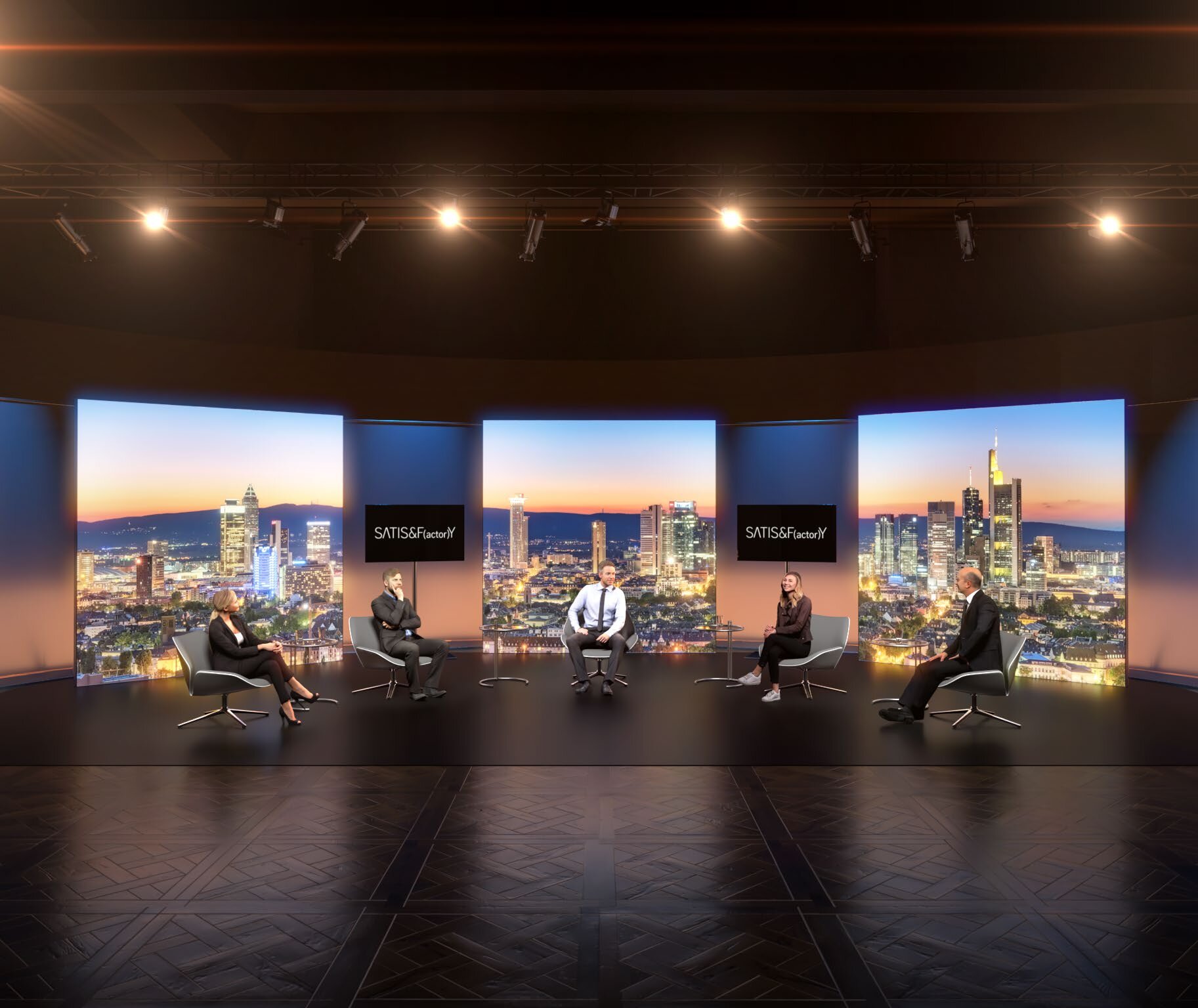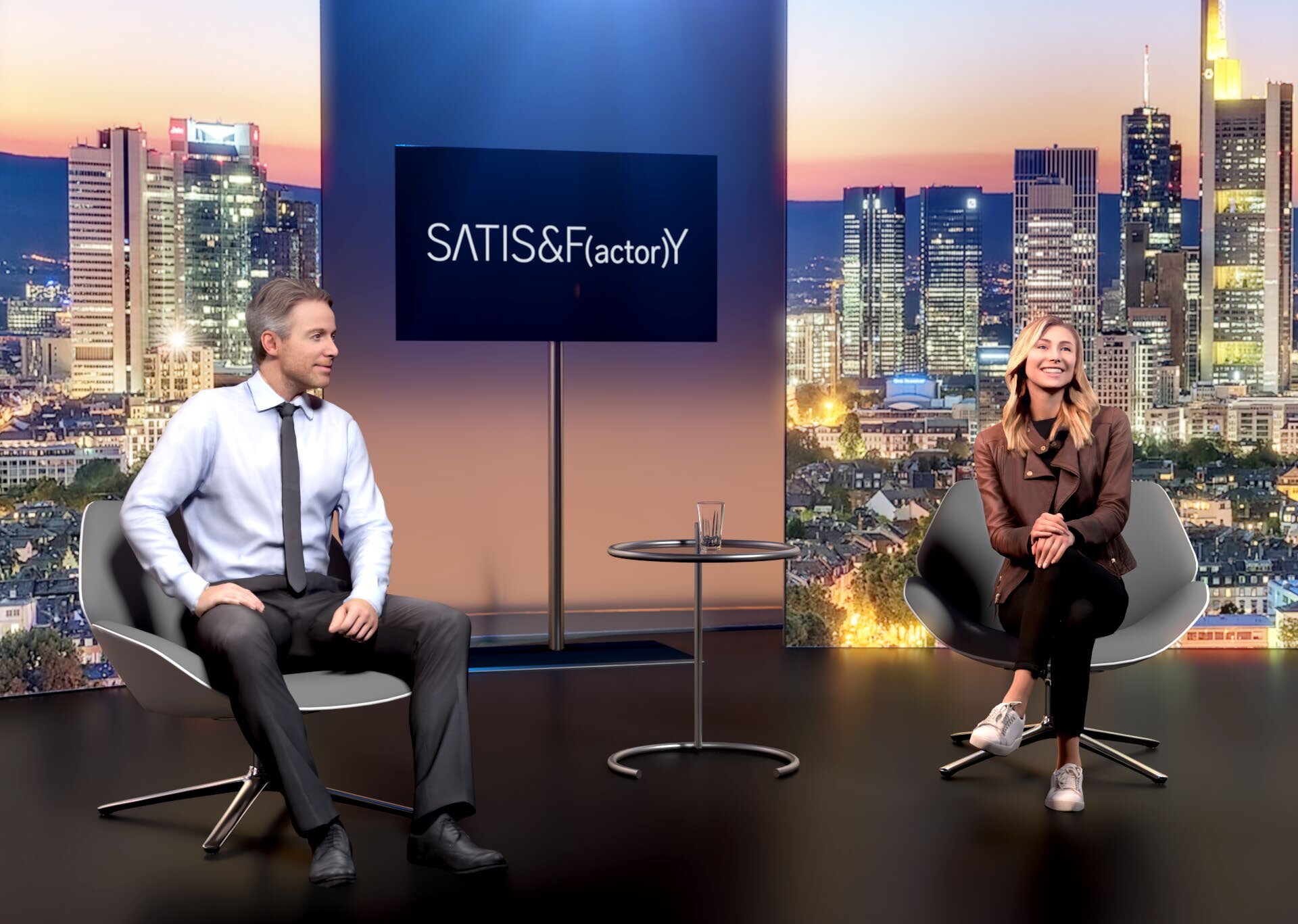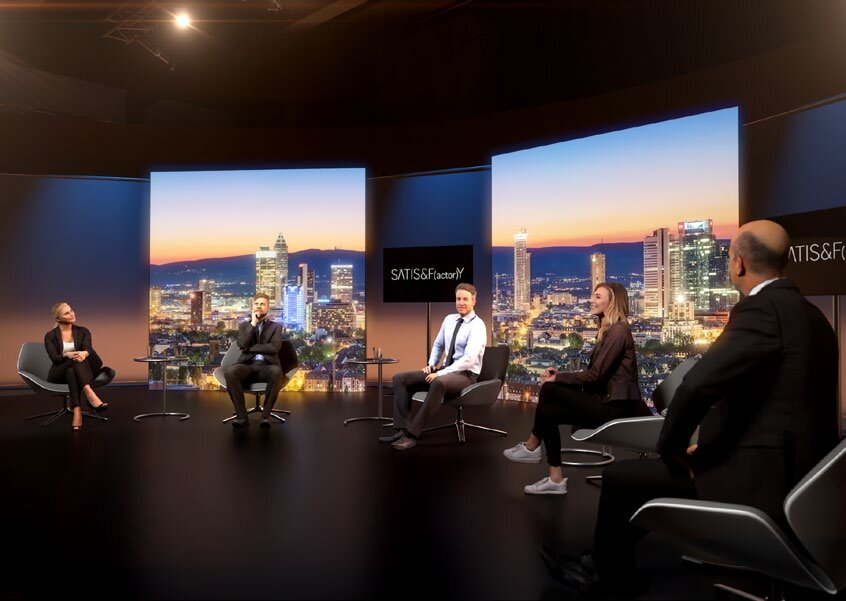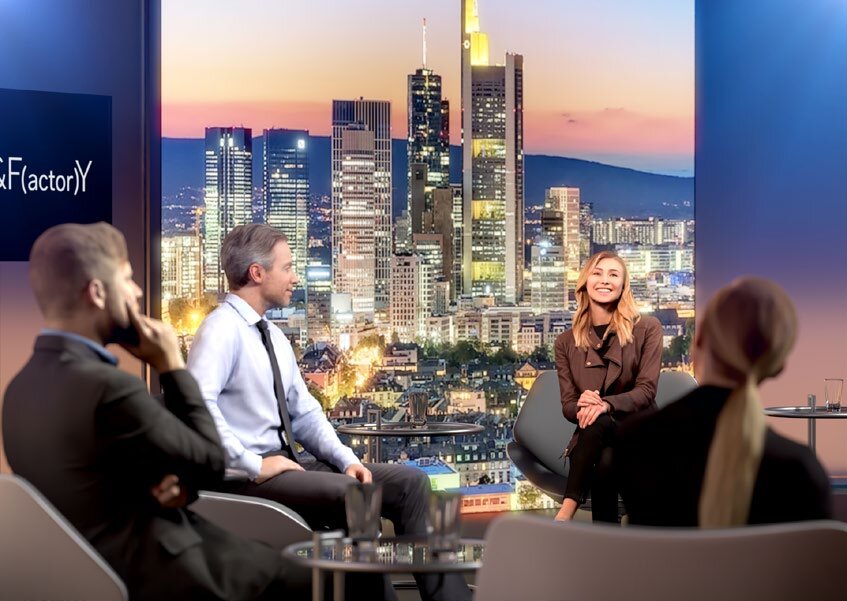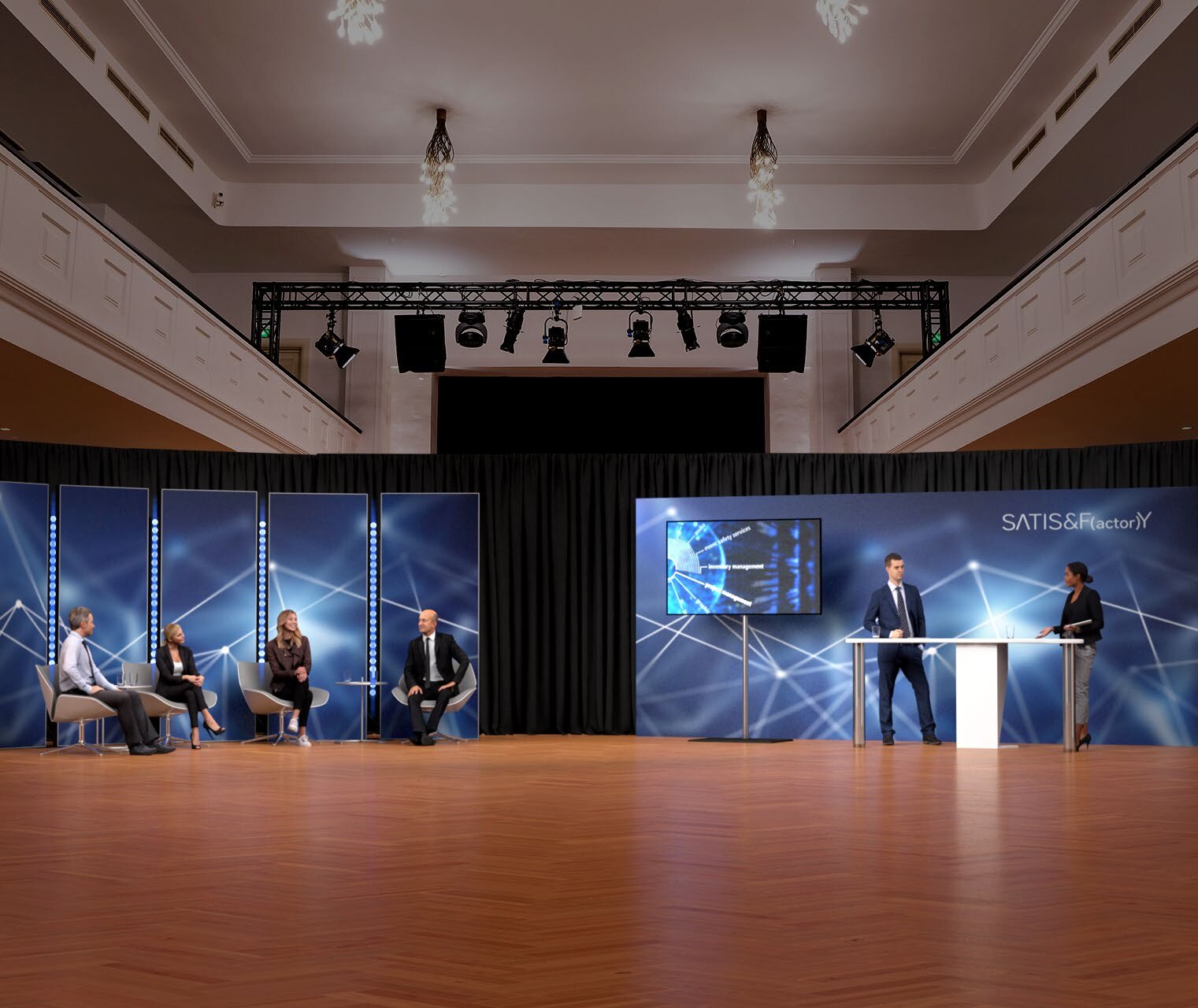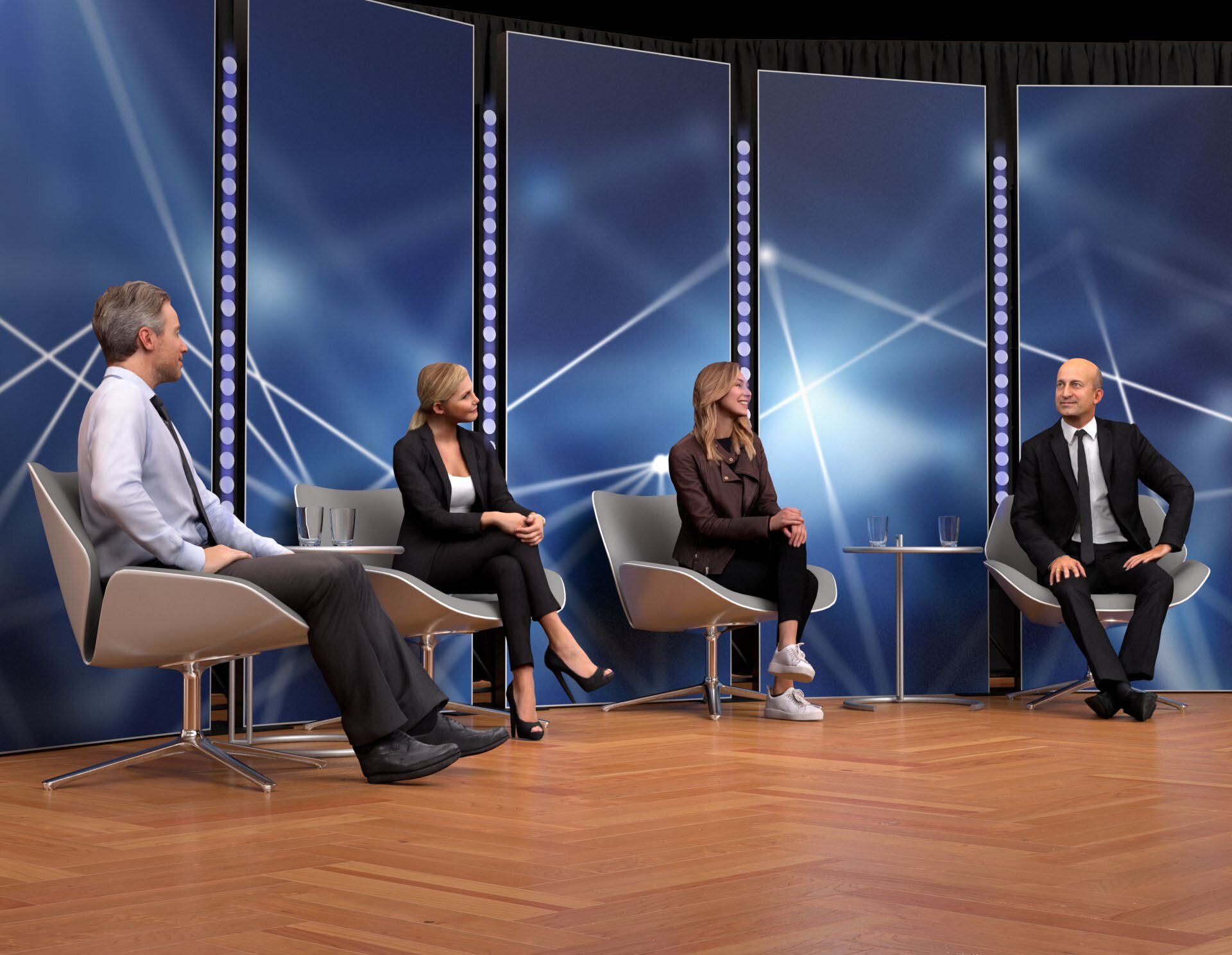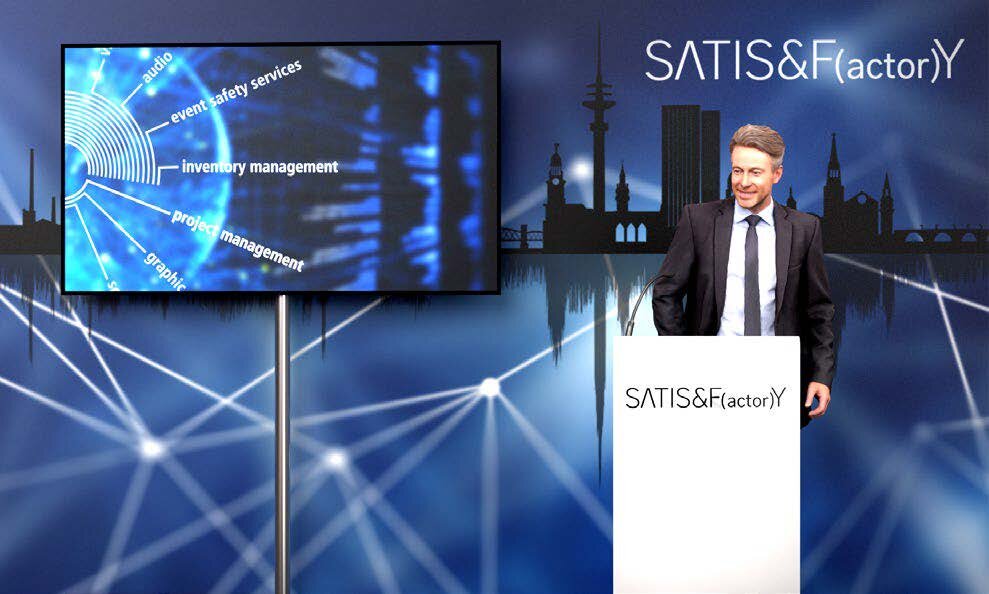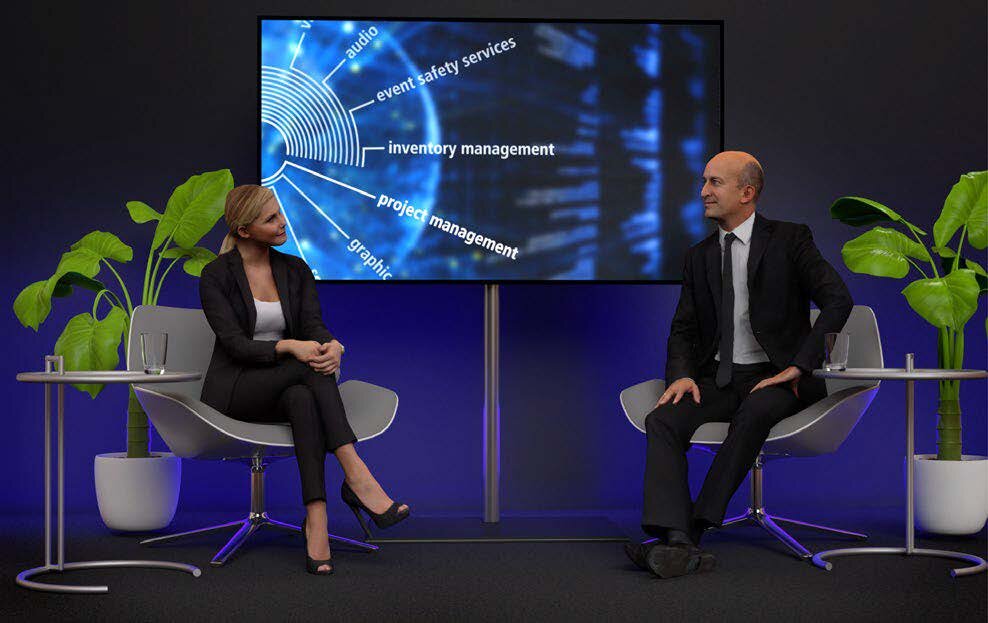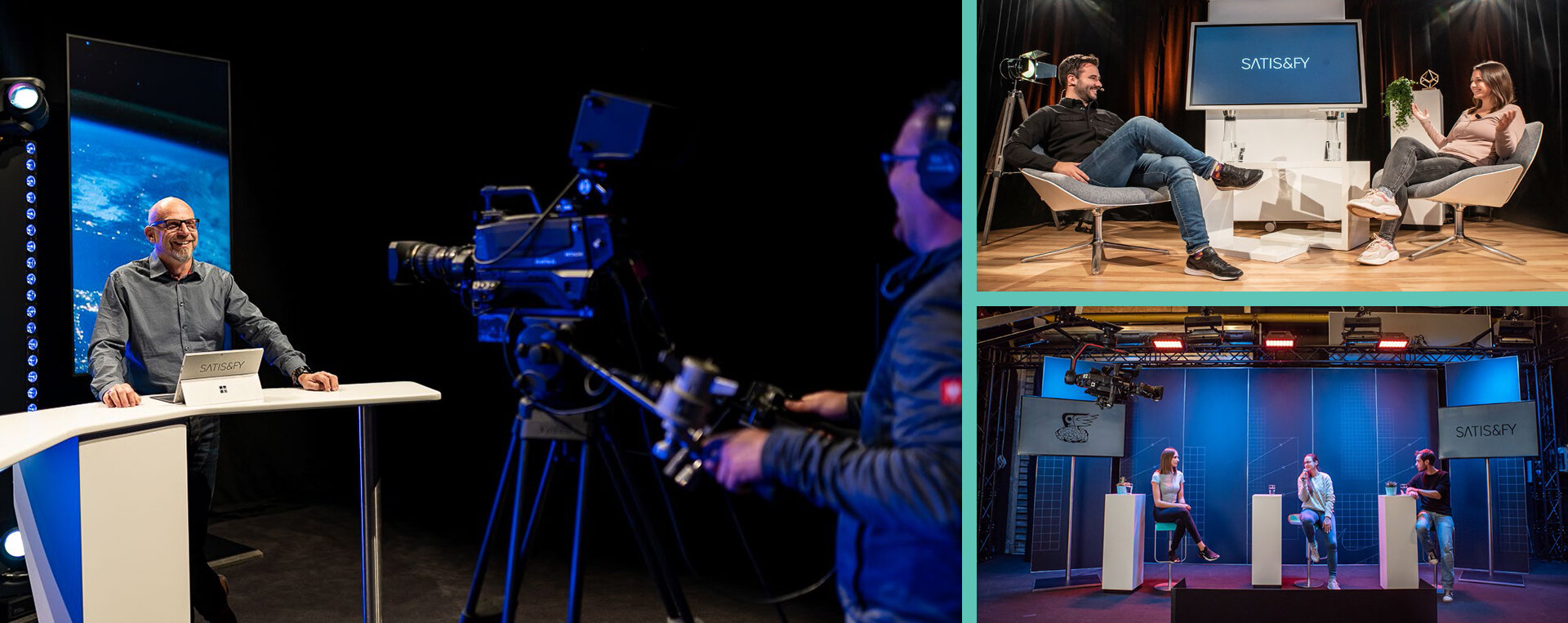Anticipating the Return of Events
Our future opportunities will involve merging physical and
digital experiences, as we have for 30 years
We have been merging the physical and digital all along
The pandemic has accelerated this shift at an unprecedented rate
The opportunities ahead for us post-pandemic involve creating safe, all-in-one experiences that are even more focused and meaningful for both a virtual crowd and event attendees
It’s now been one year since the beginning of the pandemic. You likely don’t need us to tell you that it’s been quite a year, but there’s simply no denying it has been filled with unprecedented challenges, trials and the occasional tribulations.
One thing for certain, though, is that we have not just adapted, but we’ve learned a great deal about ourselves. We’ve realized what we are capable of, in the face of adversity and uncertainty. We’ve learned about how resilient, adaptive and creative we are as individuals and as a collective, as evidenced in how we adeptly positioned ourselves to work with our once-foreign, now-familiar surroundings. We were quick to discover that we could effectively stay in touch and remain productive through any number of applications.
Companies have rapidly gone through a transition process, and we’ve seen many examples of brands nimbly adapting by moving their conferences to digital platforms, with participation numbers even rising in a lot of instances. They have discovered a far greater reach to consumers, participants, peer groups and employees that never could have participated in their event or conference because of any number of factors, namely due to time, travel and budget considerations. In basic terms, the past year has democratized people’s access in inventive ways, refined out of necessity.
But this shift isn’t limited to conferences, by any means. Some brands have maintained or even grown their business through online marketing, and you’re seeing brand experiences and other show formats quickly adapting to virtual presentations. So, an important question to ask ourselves now is, why would they change back to the old way of doing business?
As thought leaders well-versed in the melding of technology and events, we at satis&fy have continued this transition to providing digital formats with studios at almost all our offices globally. We have applied the rapidly evolving technologies to create experiences – digitally and physically – just as we have done for the past 30 years. What we find is that the “good old” skillsets already in our toolbox – from lighting, to advanced camera technology, to content handling and conceptualizing a show from a broadcasting standpoint rather than a live focus – ultimately have helped us seamlessly make a difference during this transition. On a parallel path, we learned, also, how to design in-person events differently to address safety and health concerns, developing our own line of COVID-related products and safety protocols.
The bottom line is that people are people; humans crave company and interaction, and no digital experience can wholly replicate or replace that. Even the best-produced presentations have the ability to create only so much energy and those signature goose-bump moments. Remember that expression on the face of the teenager who has played a game of one-on-one with Kevin Durant during a brand activation. These are the things that will continue to make physical events so meaningful in the future, and worth the organizer’s while.
However, we need to resist falling into this trap of hoping everything reverts to exactly the way it was before.
Because, inevitably, it will not.
It also is human to fall back on learned behaviors and routines. It’s my firm belief that the learnings referenced above will stick, at least to some degree. And as much as adding this digital component was challenging pre-pandemic, we are here now, and now it has become a commodity, and a necessity.
On the road to this new normal we will find ways to come back to personal gatherings in incremental steps while applying the muscle memory learned from our experiences of this past year. One solution is what we did around Berlin fashion week, where we constructed a traditional runway that showcased several brands. For events such as this, the event stream has the ability to complement and reinforce the physical program, and the digital presentation allows for a high degree of flexibility for event planners. While the runway provided impressive depth and dimension in this case, the overall setting can be adjusted to accommodate any number of in-person spectators, progressing incrementally as our environments allow.
This is just one example of how our physical and digital experiences can – and will – continue to merge. We know how to combine the two approaches to create safe, meaningful experiences for both a virtual audience and event attendees. Going forward, this opens a whole new world of business opportunities. As such, we will continue to be there to help our clients and partners navigate their refined experiences, starting from Day 1 of any project we endeavor.
Because, after all, we’ve really been doing this all along.






